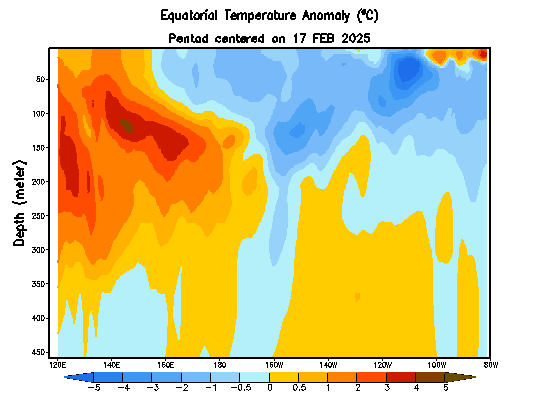Last year I got fooled and thought we were going to get El Nino. Am I ready to make a prediction for this year? After last year's early summer debacle and with it not even being May yet, I'm not ready. There is such a thing as the spring unpredictablity barrier for ENSO.
But I have been reading
@Webberweather53 posts that are suggesting El Nino this time and he wasn't at all gung ho last year on El Nino like I was. Also, look at the OHC image below. It shows OHC already up to +0.9 and still rising. Based on history even though it is far from perfect and sometimes can be far off as well as lead to a fakkeout like happened in spring of 1993, that often gives us an idea of where the trimonthly peak in Nino 3.4 (ONI) is headed later in the year. ...i.e., at least a weak Nino MAY be on the way. Also, note that during last year's El Nino fake-out, the ONI peaked at only +0.4, which is where the ONI happened to peak.
View attachment 5136





